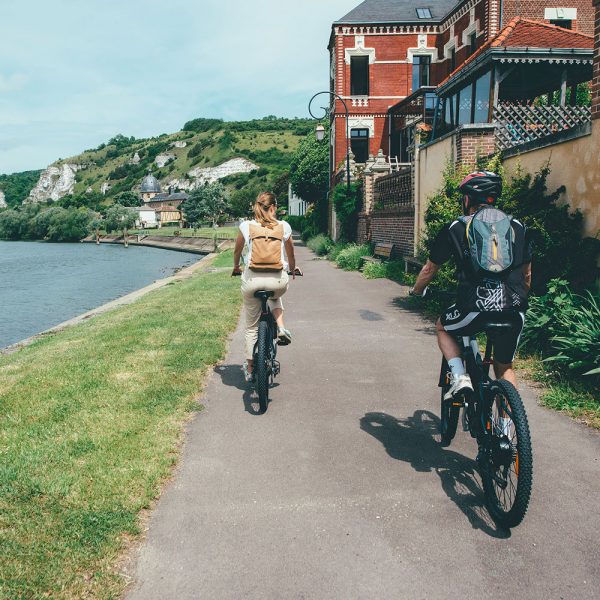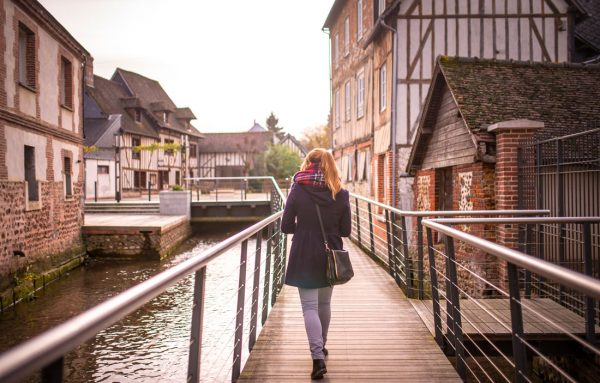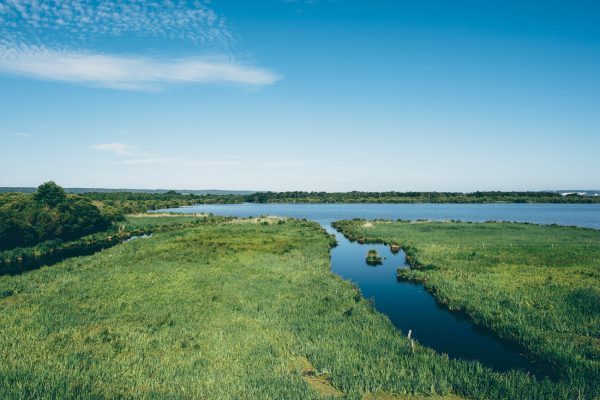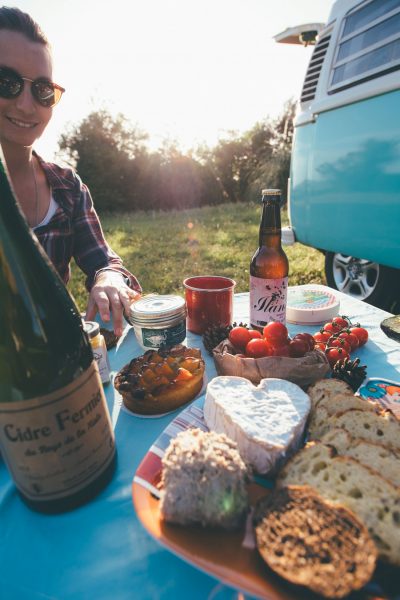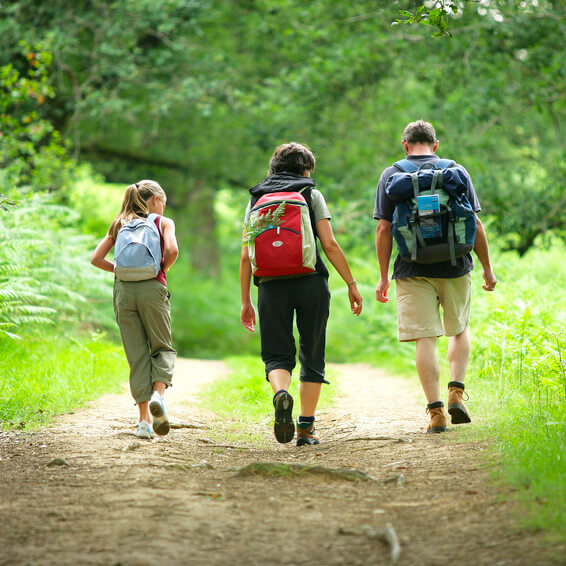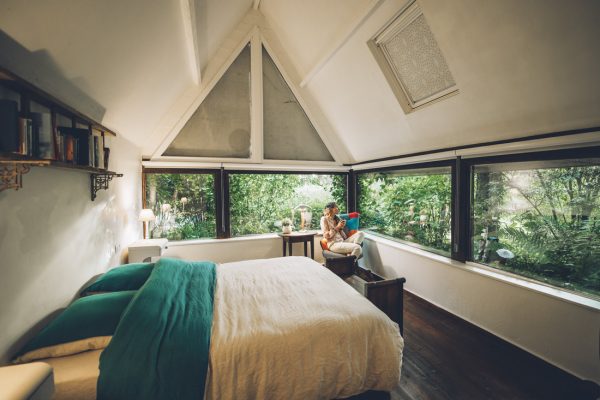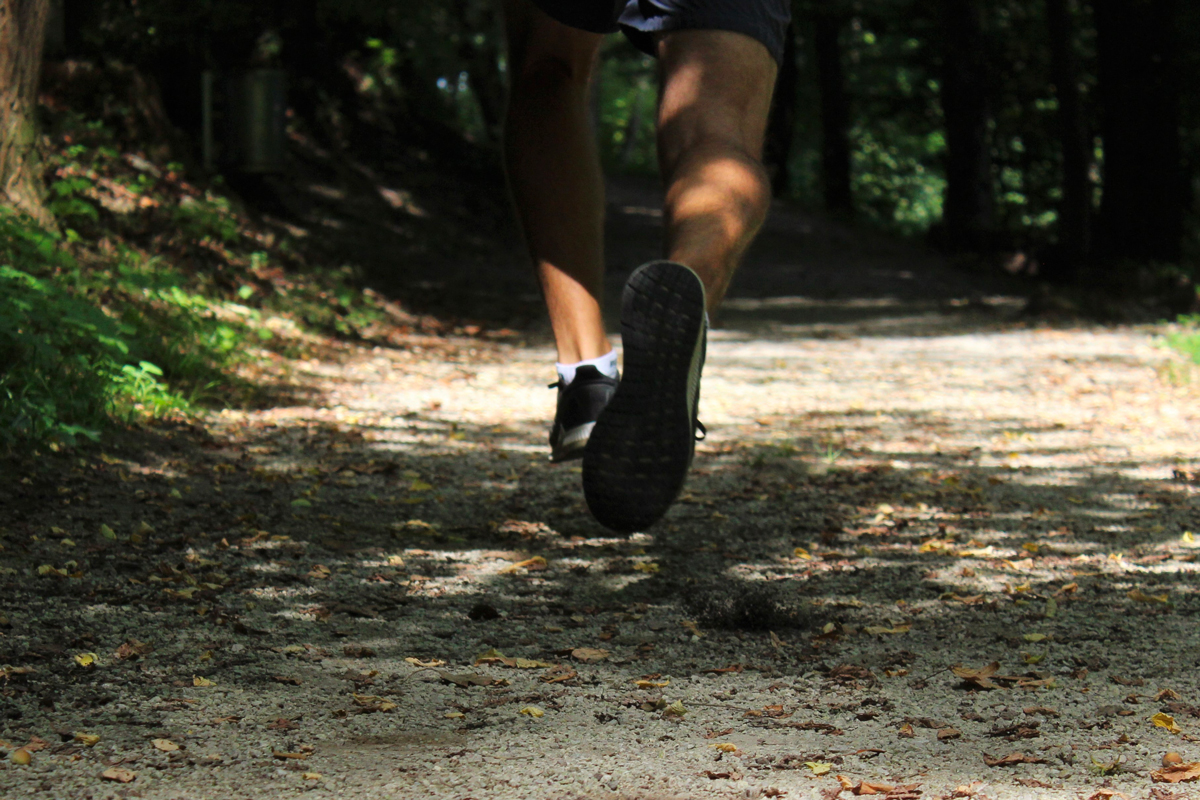A well-known French children’s song reminds youngsters on a walk that ‘‘3 kms à pied ça use les souliers’’ (three kilometres on foot wear down your shoes). That may be true for running or active walking on paths and roads, perhaps not so much for hiking, Nordic walking or trail running. In the last case, it’s more a matter of ‘‘3 kms à pied dans la forêt, ça mouille tes chaussures de randonnée’’ (three kilometres in the forest and your hiking shoes will get wet).
The Eure is the most forested counties in Normandy, 23% of its surface covered in woods. The forests of Lyons-la-Forêt, Louviers and Montfort-sur-Risle, not forgetting Evreux’s Saint-Michel Woods or Giverny’s wooded spaces, prove so many playgrounds for practising trail running in the Eure.
Before setting off
Recognised as an official sport in the 1990s, trail running goes back further. Running up and down mountains or across country isn’t something new. Legend has it that 11th-century Scottish king, Malcolm III, proposed a race up Craig Choinnich hill to test the endurance and tenacity of his would-be royal messengers. That’s one way of recruiting your staff!
Trail running is classed in the category of cross-country running. The guiding principle in trail races is that the course should not exceed 25% on tarmacked paths for discovery trail races and 15% on long distance courses (over 42kms) or ultras-trails (24hrs over 160km).
Trail races can be run autonomously (without feeding stations) or semi-autonomously (with a few feeding stations dotted along the course). The more gradient involved, the greater the enjoyment, it’s said.
With six million participants around the world and no fewer than 25,000 official races registered, the sport’s popularity is growing and the types of trail are growing. A vertical trail, also known as a vertical kilometre, makes participants climb a steep gradient as fast as possible, while an urban trail makes participants cross towns tackling a maximum of steps and slopes. Try one out in Normandy, in Dieppe, Rouen or Le Havre. The most famous trail race in France is the Paris Ecotrail, participants finishing by climbing up the Eiffel Tower. Saint-André in the Eure hosts a night-time trail, but there are also mountain, desert and snow trails, put on elsewhere! Que l’on soit débutant ou coureur confirmé, le trail nature est accessible à tous.
Trail races remain runs, but beating times is not the aim. It’s not about a race against the clock, rather a race on which to take your time! Other features of these races can include admiring landscapes, lakes and hills (depending on the area you’re racing through), maybe taking photos of a château or ruins along the way, and chatting to other participants.
The day of the race
The start of any race, including cross-country trails, is always a moment full of emotion and joy, with its fair share of rituals.
It’s a Sunday morning on a September weekend. It’s a few hours before the race begins. Having collected your race bib with your number on the day before, and with your medical certificate in your pocket – to complete the registration process and just in case – you then carefully attach your number to your running shirt selected from your cupboard. Your family may be there, watching on, as well as the race’s official photographer. You want to look your best, impeccable even. After all, if your photo were taken after several hours of effort, your smile might not be so forthcoming, your outfit grubbier.
You’re ready for the race, having trained hard. Your food and drink requirements are catered for. Your race number is on and clearly visible. You’re feeling on top form and ready to go. At the starting line, good humour reigns. In trail racing, the atmosphere is light. This may be a running race, but it’s for pleasure. Participants chat amongst themselves: Have you done the mountain 6000D? If this is your first time, are you doing the 18km race then? For me, it’s the descents that hurt my legs; what about you?
To warm up, you jump up and down on the spot. You’re getting the engine started. Then the much-awaited, much-feared moment arrives. The organisers reassure you with an encouraging message, giving the number of participants, details on the race course, some safety advice for the athletes… then the race starts. At that moment, you’re filled with pride, joy, fear… and you tell yourself how wonderful it’ll be to reach the end of the race.
Trail races in the Eure
The county of Eure is conducive to trail running races, with forests, some slopes, a temperate climate and enough rain to ensure that there are some good muddy stretches along the route. It’s a well-known aspect of trail running, as with cross-country running – the dirtier you are, the better it is!
The website www.normandiecourseapied.com is the go-to place to find out about the calendar of trail races in the Eure and across Normandy. There, you can find the list of the various races on offer, be they walking, trekking (the best known in this category in the Eure takes place at Evreux air base), cross-country or classic trails. Details on registering and prices are stated. This website also gives the results of the various races, how participants fare, and, best of all, a small bank of photos of individual participants as well as the whole line up, taken in flattering light.
The Eure hosts several competitions enabling participants to crisscross the county north to south and east to west: the Trail des Violettes at Louviers; the Trail des Lions at Vernon; the Trail de la Ligne Verte at Evreux; the Trail des Deux Amants at Pîtres; the Trail du Domaine de Torf at Campigny; the Trail des Bipèdes at Bernay; or the crazy treks at Saint-André de l’Eure! The most famous remains the Trail des Rois Maudits. This race is 52km in length, starting at Château-Gaillard beside Les Andelys, finishing at Léry-Poses outdoor leisure park. The race is much appreciated not just by its Norman participants, but also by those from Greater Paris’s Ile de France Region.
Such races also provide a good excuse for coming to spend a lovely little weekend break in the Eure.
In 2022, the 6th edition of the Trail des Rois Maudits will take place, respecting whatever health measure may be in force then.




